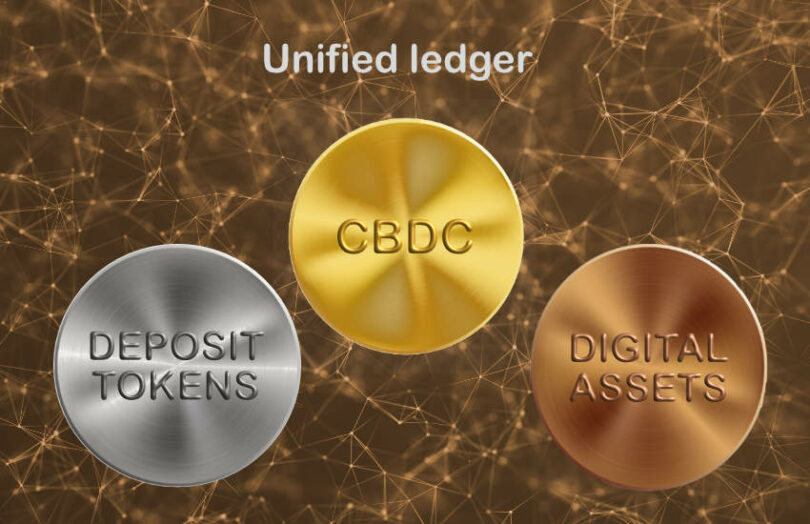Talking in Singapore today, Agustin Carstens, the General Manager of the Bank for International Settlements (BIS), spoke about a unified ledger that supports central bank digital currency (CBDC), tokenized deposits from banks and digital assets. At the same time, he says there are serious doubts about stablecoins functioning as money.
In the middle of last year, the BIS released a paper along similar lines. The unified ledger concept sounds similar to Citi’s idea of a Regulated Liability Network (RLN), which now has interest from the New York Federal Reserve, SWIFT, BNY Mellon, Wells Fargo, HSBC and a host of other institutions.
Carstens was upbeat about blockchain features such as smart contracts that support programmability and composability, the ability to build complex solutions from someone else’s work in a similar way to open source code.
“Programmability and composability do not require decentralised or permissionless platforms. All the potential benefits I just outlined can be achieved in permissioned platforms with various degrees of centralisation,” said Carstens.
“CBDCs and tokenised deposits do not represent new types of money. Instead, they replicate existing forms of money in a technologically superior way.”
He envisions CBDCs and tokenised deposits existing in separate partitions of the unified ledger. The example of escrowed money for a house purchase was given. A smart contract could lock the buyer’s money and automatically release it as soon as the process completes. Commercial banks might not be enamored to hear Carstens suggest that payment be made in digital central bank money.
Apart from the tokenisation of bank deposits, the BIS is embracing the tokenisation of other assets.
“Tokenisation” could make buying, selling and transferring assets faster, cheaper and more transparent. Indeed, it could even make delayed settlement of different assets like bonds, stocks and foreign exchange a thing of the past. The level of certainty in financial markets would increase markedly,” said Carstens. And that certainty could significantly reduce risks.
Talking about stablecoins, he said that the institutional arrangements and social conventions underpin the resilience of fiat money rather than technology. He sees stablecoins as deficient because they don’t settle in central bank money or enjoy lender-of-last-resort support. However, the USDC stablecoin might look awfully like a CBDC if it uses Federal Reserve reverse repos as it plans to do.
Tokenised bank deposits have a key benefit that is rarely emphasized, including by Carstens. Many banks compete around the world, with 30 that are globally systemic. Once stablecoins mature, there are likely to be far fewer large ones, which is dangerous for stability. That’s similar to Google dominating search and Facebook being the primary social network.






